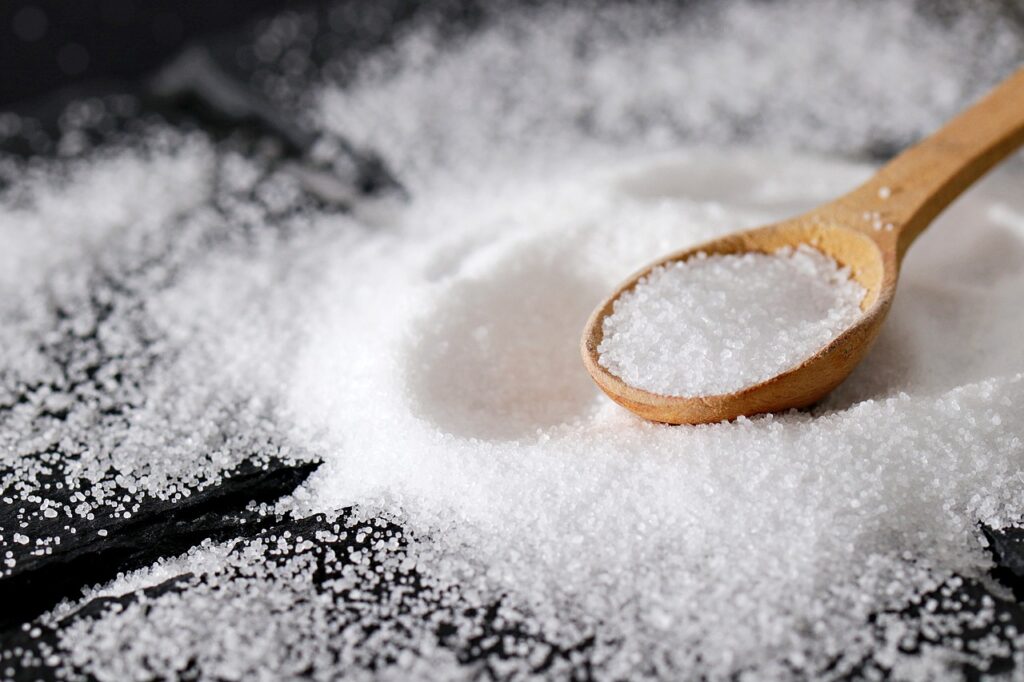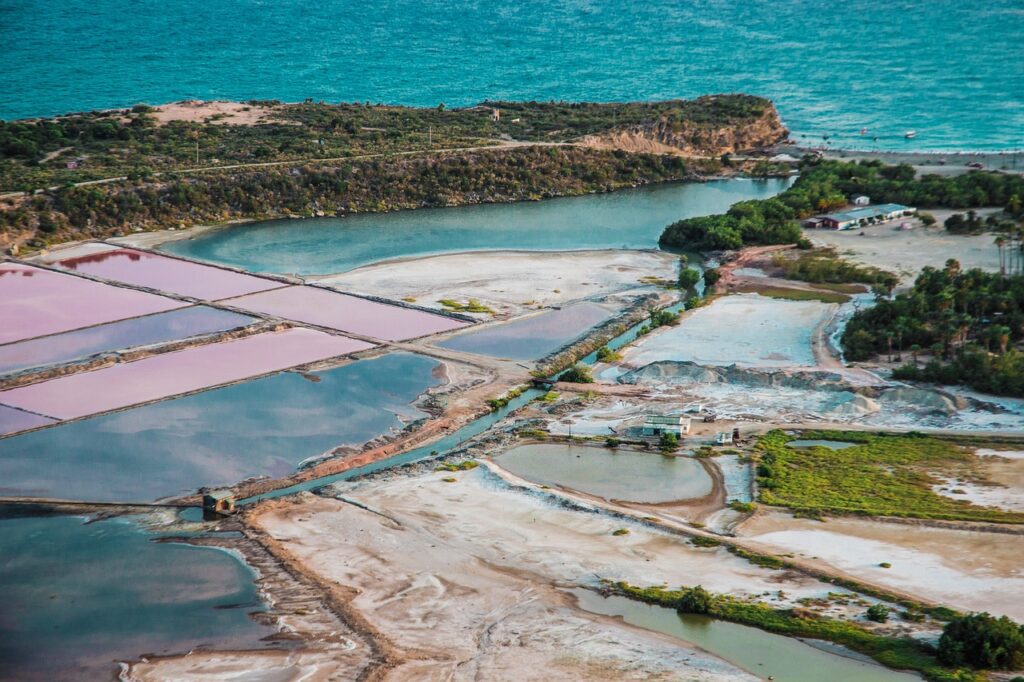Salinas

Sea Salt
Although salt production is no longer a major economic activity in Grand Turk, the history of it dates back several centuries and is a significant part of the Grand Turk landscape today.
The Lucayan people, who were the original inhabitants of the Turks and Caicos Islands, recognized the value of the salt ponds on Grand Turk. They used salt for various purposes, including preserving food, trading with neighboring islands, and for ceremonial and medicinal purposes.
The arrival of European explorers in the late 15th century marked a new chapter in the history of Grand Turk. The Spanish were among the first to exploit the salt ponds, using them as a source of salt for their ships during their exploratory expeditions.
In the 17th century, Bermudian salt rakers began to establish salt ponds on Grand Turk. These early settlers used traditional methods to extract salt from the shallow ponds, such as scraping the salt crust and collecting it in piles. They exported the salt to various destinations, including the American colonies, the Caribbean, and Europe.
During the 18th and 19th centuries, the British developed large-scale salt production on Grand Turk. The salt ponds were expanded, and extensive infrastructure was built, including windmills, salt raking houses, and storage facilities. African slaves and later indentured laborers from various countries, including the Bahamas and Portugal, were brought in to work in the salt industry.
Salt became a vital commodity and a significant source of wealth for the British colonial administration in the Turks and Caicos Islands. The salt trade thrived, and Grand Turk became an important hub for salt production and export in the region. The revenue generated from salt exports played a crucial role in the development of the island’s infrastructure, including the construction of churches, schools, and government buildings.
The salt industry on Grand Turk started to decline in the late 19th century due to various factors. The invention of refrigeration reduced the demand for salt as a preservative, and the introduction of cheaper salt from other sources further impacted the profitability of salt production on the island. Additionally, hurricanes and natural erosion damaged the salt ponds, making them less viable for commercial production.
Although salt production significantly declined on Grand Turk, the island’s history and cultural heritage associated with the salt industry remain important. Several historic sites, including the remains of salt raking houses, windmills, and salinas (salt ponds), can still be found on the island. The salt industry’s legacy is also celebrated through cultural events, such as the annual Salt Festival, which showcases traditional salt raking techniques, music, and local cuisine.

Donkeys
The donkeys were initially brought to the islands by European settlers, primarily the Bermudians, who arrived in the late 17th century. The donkeys served as beasts of burden, helping with various tasks such as transporting goods, pulling carts, and working in the salt industry.
Over time, as technology advanced and the need for donkeys decreased, many of them were released into the wild or left to roam freely on the islands. This led to a feral donkey population, particularly on Grand Turk, where they adapted to the island’s environment and thrived.
The donkeys on Grand Turk have become somewhat of a beloved symbol of the island’s heritage and are often seen wandering freely throughout the streets and countryside. They have become a popular attraction for tourists, who enjoy interacting with them and learning about their history.
Efforts have been made to manage the donkey population and ensure their well-being. Organizations and volunteers work to provide food, water, and veterinary care for the donkeys. Additionally, some donkeys have been relocated to sanctuaries or adopted into loving homes to prevent overcrowding and promote their welfare.

Donkeys in Grand Turk


